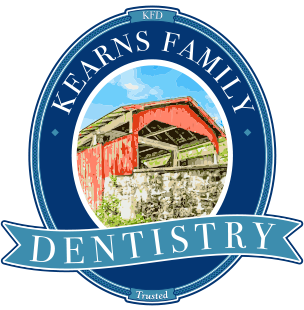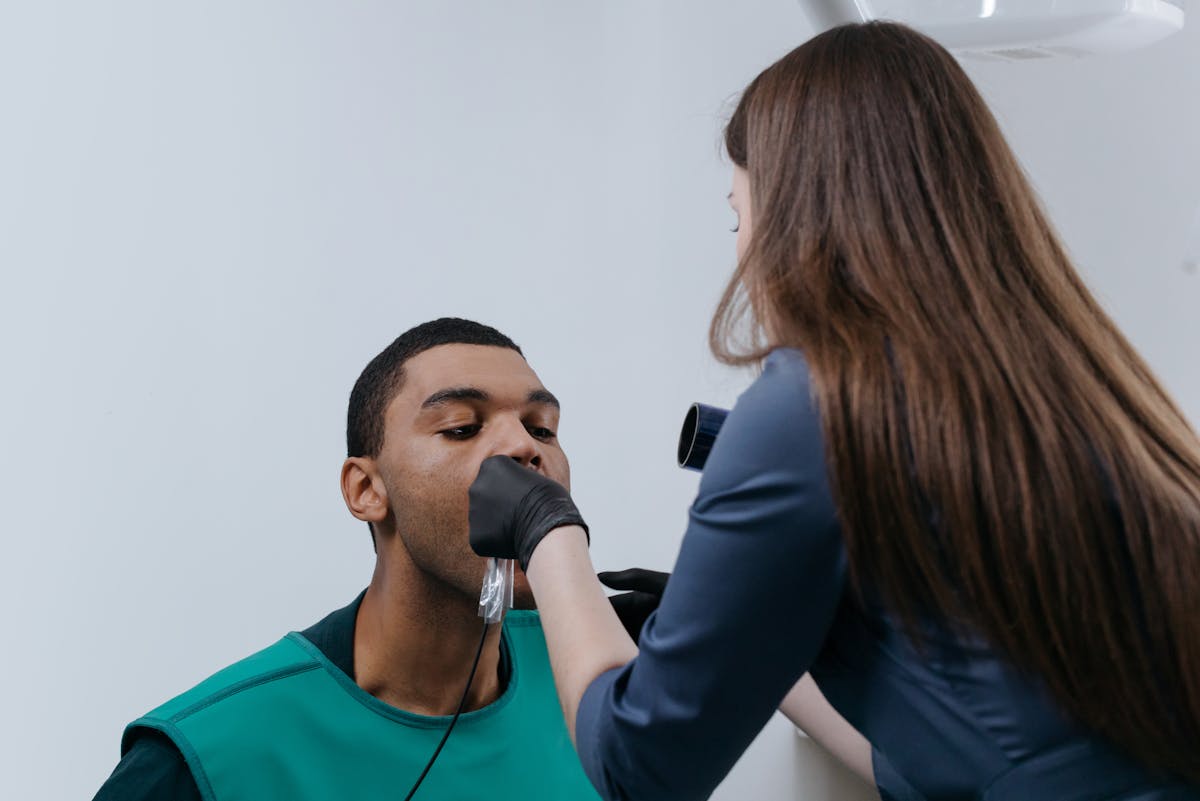To make the most of your annual dental benefits, start by understanding your insurance plan. Compare coverage for fillings and crowns to save costs. Plan treatments strategically to avoid unnecessary deductibles. Utilize your child’s benefits for preventive care and essential treatments. Consider using Health Savings Accounts for tax benefits on dental expenses. Choose in-network dentists for cost savings and quality care. Familiarize yourself with procedure coverage to maximize benefits. Carefully review plan details and be cautious with low-payment plans to ensure thorough coverage. These steps can help you optimize your dental benefits and make the most of your insurance plan.
Understanding Insurance Company Motivation
When it comes to making the most of your annual dental benefits, understanding the motivations driving insurance companies is important. Insurance companies set annual maximums on dental benefits to limit expenses and manage financial risks. By comprehending these insurance company motivations, you can strategize to maximize your benefits effectively each year. Annual maximums vary among insurance plans and play an essential role in determining coverage limits for dental treatments. This understanding enables you to make informed decisions regarding your dental care. By being aware of the reasons behind annual maximums, you can navigate your insurance coverage more efficiently and guarantee that you optimize the benefits available to you. It is crucial to grasp the motivations guiding insurance companies to make the most out of your dental benefits and receive the necessary care while staying within the coverage limits set by your insurance plan.
Coverage Comparison: Fillings Vs. Crowns
Comparing the coverage between fillings and crowns under your dental insurance plan can greatly impact your out-of-pocket expenses for necessary dental treatments. Most dental insurance plans cover fillings at a higher percentage, typically ranging from 80% to 100%, in contrast to crowns. Opting for fillings over crowns can result in significant cost savings for patients seeking dental care. Understanding the coverage disparities between these two treatments is crucial in making well-informed decisions about your dental health. Fillings are generally considered a more cost-effective solution for treating cavities when compared to crowns. By selecting the appropriate treatment option based on insurance coverage, you can effectively maximize your annual dental benefits. Hence, it is essential to review your insurance plan details carefully to make the most financially advantageous choice between fillings and crowns for your dental care needs.
Strategic Deductible Planning
To strategically plan your deductibles and maximize your dental benefits, coordinating treatments effectively is essential. By understanding how deductibles work and scheduling treatments thoughtfully, you can save money and minimize out-of-pocket costs. Here are some key points to bear in mind:
- Coordinate treatments: Avoid paying the deductible multiple times in a year by scheduling related treatments together.
- Maximize benefits: Plan your treatments strategically to make the most of your annual benefits without incurring additional deductibles.
- Save money: Utilize your benefits more effectively by focusing on essential treatments and avoiding unnecessary procedures.
- Minimize out-of-pocket costs: By planning and coordinating treatments, you can reduce the amount you need to pay for deductibles, leading to significant cost savings over time.
Maximizing Child’s Annual Limits
When it comes to maximizing your child’s annual dental limits, understanding the coverage specifics can help you make informed decisions. By utilizing your child’s annual limits for preventive care and necessary treatments, you can maximize benefits usage. Strategic planning of treatments within these limits can lead to significant cost savings and overall better dental health for your child.
Child’s Annual Coverage
For parents looking to make the most of their child’s annual dental coverage, understanding and utilizing the plan’s limits is crucial. To maximize your child’s annual coverage effectively, consider the following:
- Know the Annual Maximum: Familiarize yourself with the annual maximum set by your child’s dental insurance plan to guarantee you make the most of the benefits available.
- Focus on Preventive Care: Use your child’s coverage for preventive services like cleanings and sealants to maintain good oral health and potentially avoid the need for more extensive treatments.
- Utilize for Restorative Treatments: If your child requires restorative treatments such as fillings or orthodontic care, make sure to schedule these within the coverage limits to optimize benefits.
- Strategic Appointment Planning: Plan dental appointments strategically throughout the year to align with your child’s coverage limits and spread out the utilization of benefits effectively.
Benefits Utilization Tips
Maximize your child’s yearly dental benefits by strategically utilizing their coverage to promote excellent oral health and cost savings. Many dental insurance plans come with annual limits that reset each year, making it essential to take full advantage of your child’s benefits before they expire. By scheduling essential treatments such as cleanings, fillings, or sealants, you can make the most of the coverage available to you. Regular dental checkups and preventive care play a significant role in effectively exhausting your child’s yearly limits while ensuring their oral health is maintained. Planning treatments strategically throughout the year can help you optimize your child’s yearly benefits without exceeding the coverage limits. Understanding the specifics of your child’s yearly limits and coverage details will enable you to budget for any potential out-of-pocket expenses and make well-informed decisions about their dental care. By staying informed and proactive, you can make the most out of your child’s dental insurance and promote their overall oral well-being.
Utilizing Health Savings Accounts (HSAs)
Health Savings Accounts (HSAs) offer you a tax-efficient way to save for medical expenses, including essential dental treatments. By contributing pre-tax dollars to an HSA, you can benefit from tax deductions while covering dental costs. Maximizing your HSA contributions and utilizing the funds for qualified medical expenses can help you make the most of your annual dental benefits.
HSA Tax Benefits
With Health Savings Accounts (HSAs), you gain a valuable tool for managing your dental care expenses efficiently. Here are some key tax benefits of utilizing HSAs:
- Tax-deductible contributions: By contributing to your HSA, you can lower your taxable income, potentially saving money on healthcare costs.
- Tax-free withdrawals: Withdrawals from your HSA for qualified medical expenses, including dental care, are not subject to taxes, providing additional savings.
- Triple tax benefits: HSAs offer tax-deductible contributions, tax-free growth on funds, and tax-free withdrawals, making them a tax-efficient way to cover healthcare expenses.
- Roll-over feature: Unused funds in your HSA can be carried over from year to year, allowing you to save for future dental treatments and other healthcare needs effectively. By utilizing HSAs, you can maximize your annual dental benefits by using pretax dollars to cover out-of-pocket expenses, ultimately saving you money on dental care.
Eligible HSA Expenses
To make the most of your Health Savings Account (HSA), it’s important to understand the eligible expenses that can be covered, especially when it comes to dental care. Health Savings Accounts (HSAs) offer tax advantages, allowing you to use pre-tax contributions and make tax-free withdrawals for qualified medical expenses, including various dental treatments like cleanings, fillings, crowns, and orthodontics. Eligible dental expenses under HSAs can also include deductibles, copayments, and coinsurance for treatments recommended by your dentist. By utilizing your HSA for dental care, you can cover expenses not fully paid by insurance, thereby maximizing your annual benefits and decreasing your out-of-pocket costs. This strategic use of your HSA not only helps you budget for necessary dental treatments but also lets you take advantage of tax benefits while maintaining good oral health. Remember, understanding the eligible expenses for your Health Savings Account can greatly benefit your overall financial and dental well-being.
Maximizing HSA Contributions
Maximizing your HSA contributions is a smart financial move when planning for your dental expenses. When it comes to utilizing Health Savings Accounts (HSAs) for dental care, consider the following:
- Pre-Tax Advantage: By contributing to your HSA with pre-tax dollars, you can lower your taxable income while saving for dental treatments.
- Reduced Out-of-Pocket Costs: Maximizing HSA contributions allows you to cover dental expenses not fully covered by insurance, reducing the burden on your wallet.
- Annual Contribution Limits: Be aware of the IRS-set limits for 2021, which are $3,600 for individuals and $7,200 for families, ensuring you make the most of your HSA potential.
- Long-Term Savings: Unused HSA funds roll over year to year, offering a sustainable way to save for future dental needs, promoting proactive healthcare planning and financial stability.

Optimal Insurance Plan Selection
Aligning your child’s dental needs with the right insurance plan is vital for maximizing annual benefits. When choosing an insurance plan, consider the coverage details for preventive, restorative, and orthodontic care. Evaluate different plans based on the treatments your child may require to guarantee you maximize the benefits available. If orthodontic care is a potential necessity, opt for a plan that includes this coverage. By selecting a plan that offers the most benefits for your child’s dental well-being, you can optimize the annual benefits provided by your insurance. Understanding the coverage details and limits of the plan is crucial for making informed decisions about utilizing your annual dental benefits effectively. By carefully selecting an insurance plan that aligns with your child’s specific dental needs, you can guarantee that you make the most of your annual dental benefits.
In-Network Dentist Benefits
Choosing an in-network dentist can be a strategic move to save on dental costs, as these providers have pre-negotiated fee schedules with insurance companies. By utilizing an in-network dentist, you can benefit from lower out-of-pocket expenses for various dental treatments. Opting for a preferred provider within your insurance network can help you make the most of your annual dental benefits, ensuring thorough coverage and potential cost savings.
Network Cost Savings
To get the most out of your dental benefits, consider the significant advantages of opting for an in-network dentist. In-network dentists offer cost savings due to lower fee schedules negotiated with insurance providers, resulting in reduced out-of-pocket expenses for covered services. Insurance plans may cover a higher percentage of costs when using in-network providers, ultimately saving you money. Choosing out-of-network dentists may lead to higher copays and out-of-pocket costs for dental treatments. If your current plan has limited in-network options for dentists, it might be beneficial to explore other insurance providers that offer a broader network. By selecting an in-network dentist, you can maximize your dental plan benefits, minimize your out-of-pocket expenses, and [GUARANTEE] that you receive quality care while keeping costs in check.
Provider Accessibility
When it comes to maximizing your dental benefits, accessibility to in-network dentists can play an important role in securing cost-effective and quality care. In-network dentists provide cost savings by offering lower fee schedules and reducing out-of-pocket expenses. By choosing in-network providers, you can benefit from higher coverage percentages and lower copays for various dental treatments. It is essential to explore switching to an insurance provider with more in-network options to maximize your benefits and savings. Opting for out-of-network dentists may lead to higher out-of-pocket costs due to lower coverage levels and fee schedules. Selecting an in-network dentist ensures better utilization of your annual dental benefits, guaranteeing that you receive cost-effective care. By leveraging the benefits of in-network dentists, you can access quality dental services while minimizing your out-of-pocket expenses.
Limits & Procedure Coverage Awareness
Understanding the limits and coverage details of your dental benefits is vital for maximizing your annual insurance benefits. It’s essential to be aware of the annual maximum, which is the most your insurance will pay for dental care in a year. Additionally, knowing the coverage details for various procedures is necessary, as the percentages covered may vary. Familiarize yourself with the limits on treatments like preventive, restorative, or orthodontic care to manage your expectations accordingly. Discussing coverage limits with your dentist before treatment can help you avoid unexpected out-of-pocket costs. Here are some key points to keep in mind:
- Annual maximum: This is the maximum amount your insurance will pay per year.
- Coverage details: Different procedures may have varying percentages covered by your insurance.
- Treatment limits: Understand the restrictions on specific treatments like preventive or orthodontic care.
- Out-of-pocket costs: Discuss coverage limits with your dentist to prevent surprises during treatment.
Fine Print Reading Tips
Knowing the ins and outs of your dental insurance policy is vital to making informed decisions about your oral health care. When it comes to maximizing your annual dental benefits, it’s essential to read the fine print. Pay close attention to details like annual maximums, co-pays, waiting periods, and out-of-pocket maximums. Understanding these aspects will help you plan your dental treatments effectively.
Take the time to review the limitations and coverage details outlined in your policy. Be aware of any waiting periods specified for certain treatments. By reading through the fine print, you can grasp the scope of coverage for preventive, basic, and major dental procedures. This knowledge will enable you to navigate your dental benefits efficiently and prepare for any out-of-pocket expenses that may arise. Remember, being well-informed about your insurance policy can lead to better utilization of your benefits and improved oral health care management.
Caution With Low Payment Plans
Consider the potential risks associated with opting for economical dental plans that offer limited coverage and benefits. While these plans may seem cost-effective initially, they could lead to higher out-of-pocket costs in the long run, especially for vital dental care. Here are some key points to keep in mind:
- Cheaper plans may not cover intricate procedures like crowns or major dental work.
- Low payment plans could result in higher out-of-pocket costs for necessary treatments.
- Make sure that the cost savings from a low payment plan do not outweigh the potential expenses for essential dental care.
- Consider the long-term financial implications of choosing an economical payment plan for dental insurance coverage.
It’s essential to weigh the immediate savings against the long-term consequences when deciding on a dental plan. Make sure you comprehend the coverage limitations and potential out-of-pocket expenses before committing to an economical payment plan to safeguard your oral health and financial well-being.
Frequently Asked Questions
What Is the Highest Maximum for Dental Insurance?
The highest maximum for dental insurance coverage varies, ranging from $1,000 to $5,000 annually. Understanding insurance limits helps maximize annual benefits. Consider coverage options with higher annual maximums for extensive dental work, ensuring best benefit utilization.
What Is the Best Full Coverage Dental Insurance?
When choosing the best full coverage dental insurance, focus on dental savings, insurance options, coverage limits, network providers, and preventive care. Compare plans to guarantee maximum benefits for your oral health needs and budget.
How Can I Increase My Dental Office Revenue?
To boost dental office revenue, focus on marketing strategies, patient retention, fee adjustments, treatment planning, and staff training. Implement efficient scheduling, offer additional services, utilize technology, and enhance patient communication for increased profitability and practice growth.
What Is an Insurance Maximum?
Understanding insurance coverage is key. The insurance maximum is the limit on what your plan pays yearly. It resets each benefit period. Preventative care may not count. It’s distinct from out-of-pocket costs. Know this to maximize treatment options.


